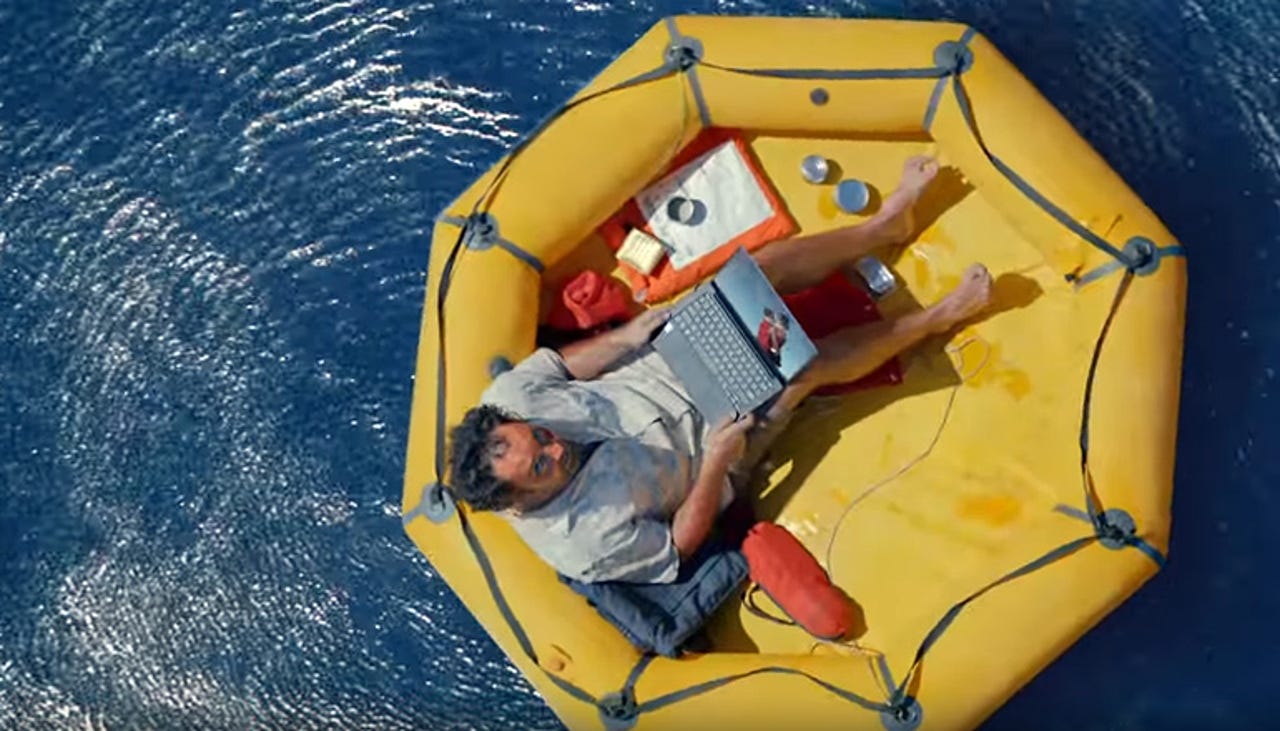Has the PC hit rock bottom?


The computer industry has been in a prolonged slump. Last month things went from bad to worse as both Intel and AMD reported declines in business at a time when their customers should be stocking up for the holidays. It's still early, but so far faster chips inside better-designed systems running a new operating system seem to be having little impact. The question is where do we go from here?
Compared to the same period last year, Intel's third-quarter sales of PC processors dropped 7 percent, but that's only because it was able to raise prices. The number of chips it shipped actually dipped 19 percent. Intel executives talked a lot about ongoing weakness in the market and said a recovery will take time.
AMD's Computing and Graphics business is now about half the size it was a year ago by sales. CEO Lisa Su said there were still lots of Windows 8 systems sitting on shelves and the company isn't anticipating a "dramatic" lift from Windows 10.
To top it off Seagate, which supplies many of the hard drives used in PCs, warned this week that business was slower than it expected.
Not surprisingly, market researchers have been ratcheting down their forecasts throughout the year. Earlier this month Gartner said that worldwide PC shipments declined 7.7 percent in the third quarter to about 74 million units. IDC's numbers were even worse: a 10.8 percent decline to 71 million units.
Things are so bad that Microsoft will start paying people to trade in their old PCs and Macs for a new Windows 10 model. And Intel, Dell, HP and Lenovo are reportedly spending $70 million on a TV advertising campaign, with the slogan "PC Does What?," designed to jumpstart PC sales.
All of this is happening at a time when the market should be recovering. During the quarter Intel began shipping its sixth-generation Core family and the company said there are already 50 of these Skylake systems on the market. AMD's Carrizo, which is a more incremental update but does improve battery life, is now shipping in volume as well.
Microsoft Windows 10 addresses many of the issues users had with Windows 8 and includes a long list of new features such as the Cortana personal assistant. The systems built on these new platforms look impressive, most notably the Microsoft Surface Book; Dell's XPS 12 detachable, and XPS 13 and XPS 15 laptops; and the HP Envy 13 notebook and Spectre 2-in-1s.
Granted not all of these system are available yet, but this innovation should be driving some pick-up in demand, so what's happening? There are two theories.
tech pro research
The glass half-empty view is that we are in the era of "good enough" computing. The pace of hardware innovation has slowed down as it becomes harder, and more expensive to pursue Moore's Law, and Intel stretches out the time between new technology nodes. Users spend more time on their smartphones and tablets, and when they do use a PC, it is typically for mundane tasks such as word processing or spreadsheets. There's little reason to buy a new PC because the old one is perfectly capable of handling these tasks and new versions of Windows run fine. Furthermore Windows 10 is a free upgrade for just about everyone--Microsoft says more than 100 million people are already using it--so there's little incentive to go out and buy a new system. (In some cases it's actually hard to not get Windows 10.)
The more optimistic take is that the PC market has bottomed out and conditions are ripe for a rebound. After a couple years of rapid growth, the tablet market has plateaued giving PCs some breathing room. Meanwhile Intel says there are more than 500 million PCs out there that are at least four years old and due for an upgrade. Many of these shoppers will arrive in stores just as more attractive systems based on Skylake and Windows 10 are hitting the shelves. This will be followed, later next year and in 2017, by a strong business refresh cycle as companies that sat out Windows 8 will eventually move to new systems running Windows 10 and Office 2016. Over the long run, Cortana and other emerging apps and services based on machine learning will drive additional demand for new PCs.
That's certainly a more exciting vision. But we probably won't know which one is more accurate until this time next year.